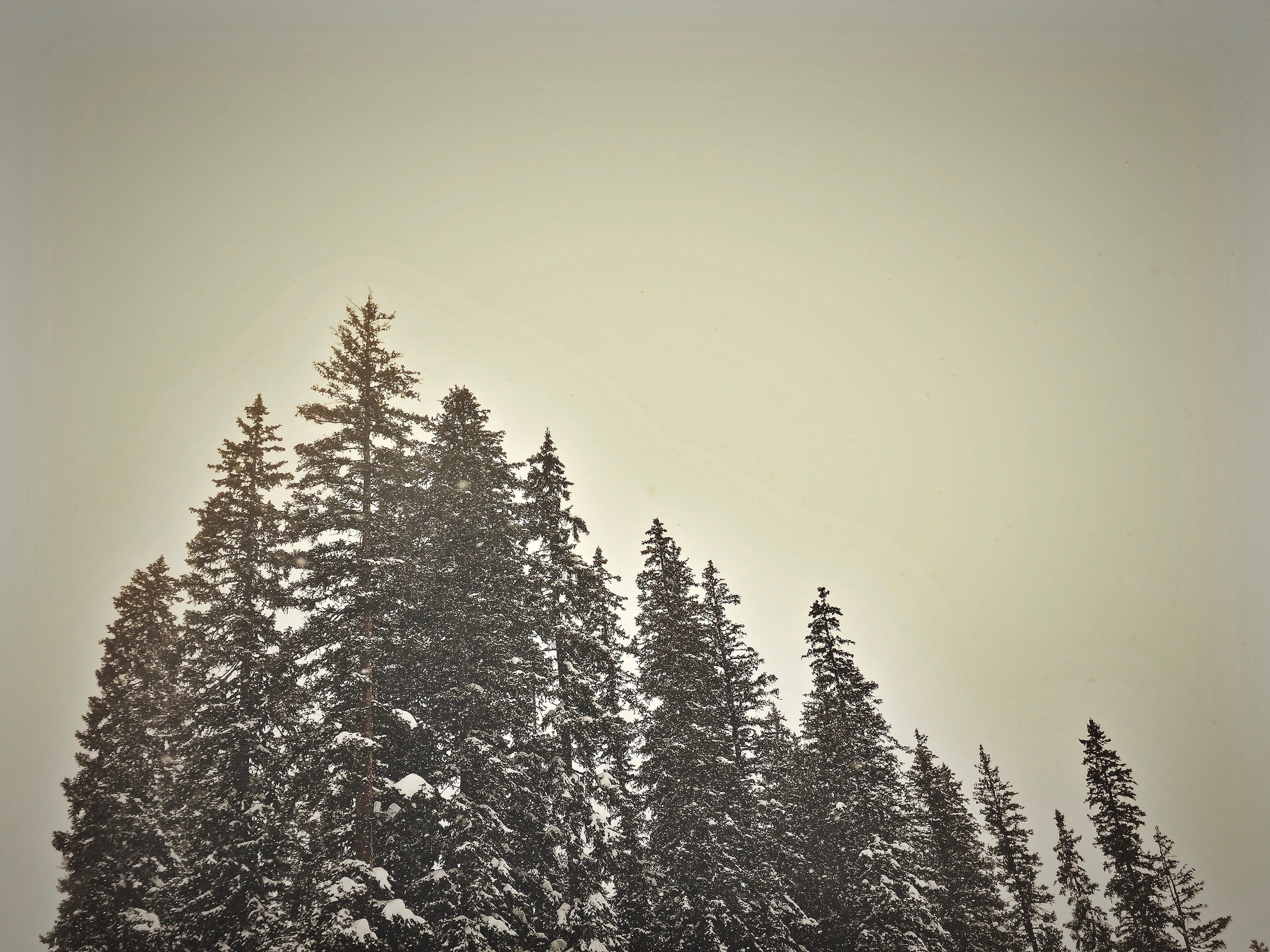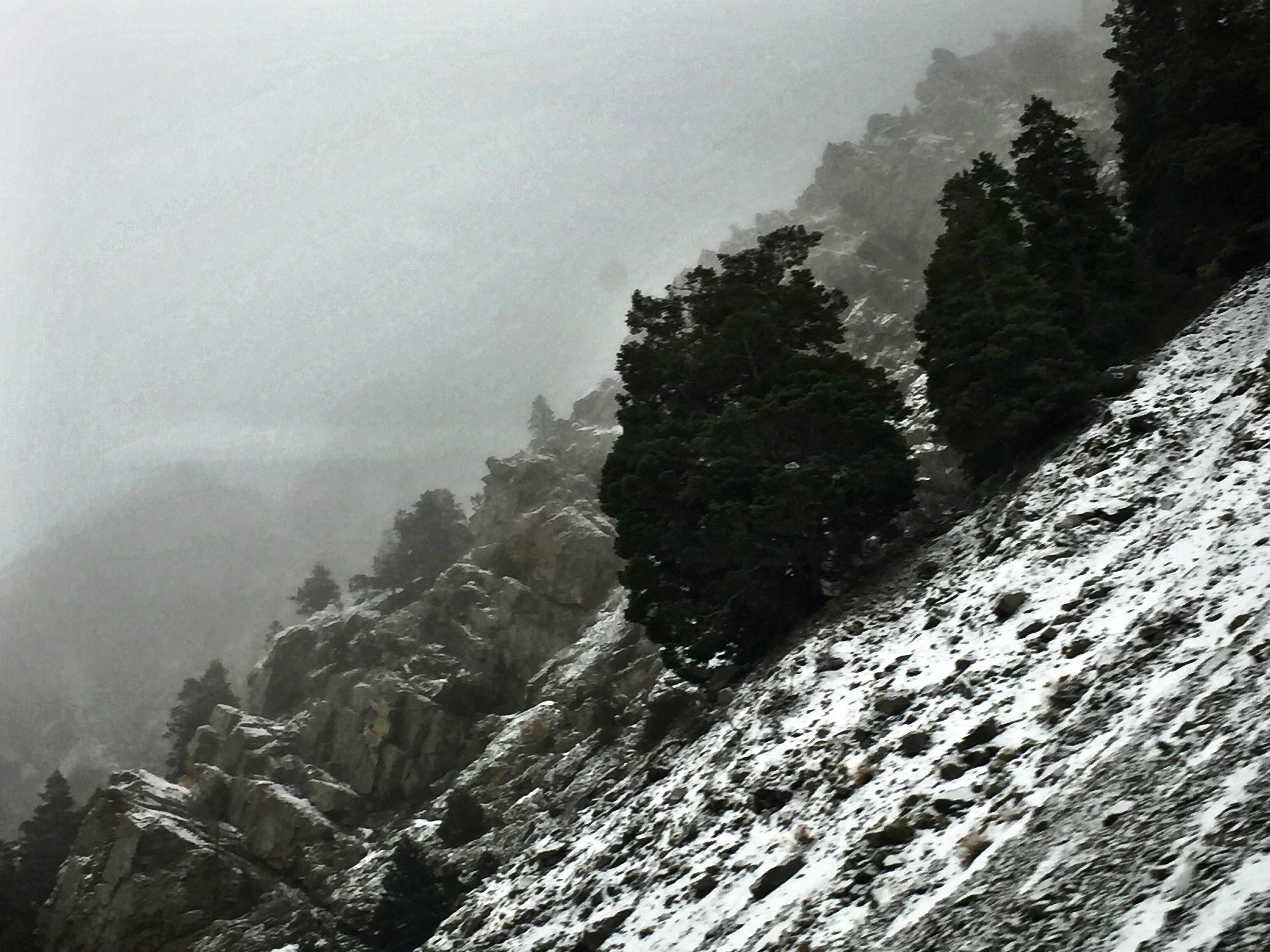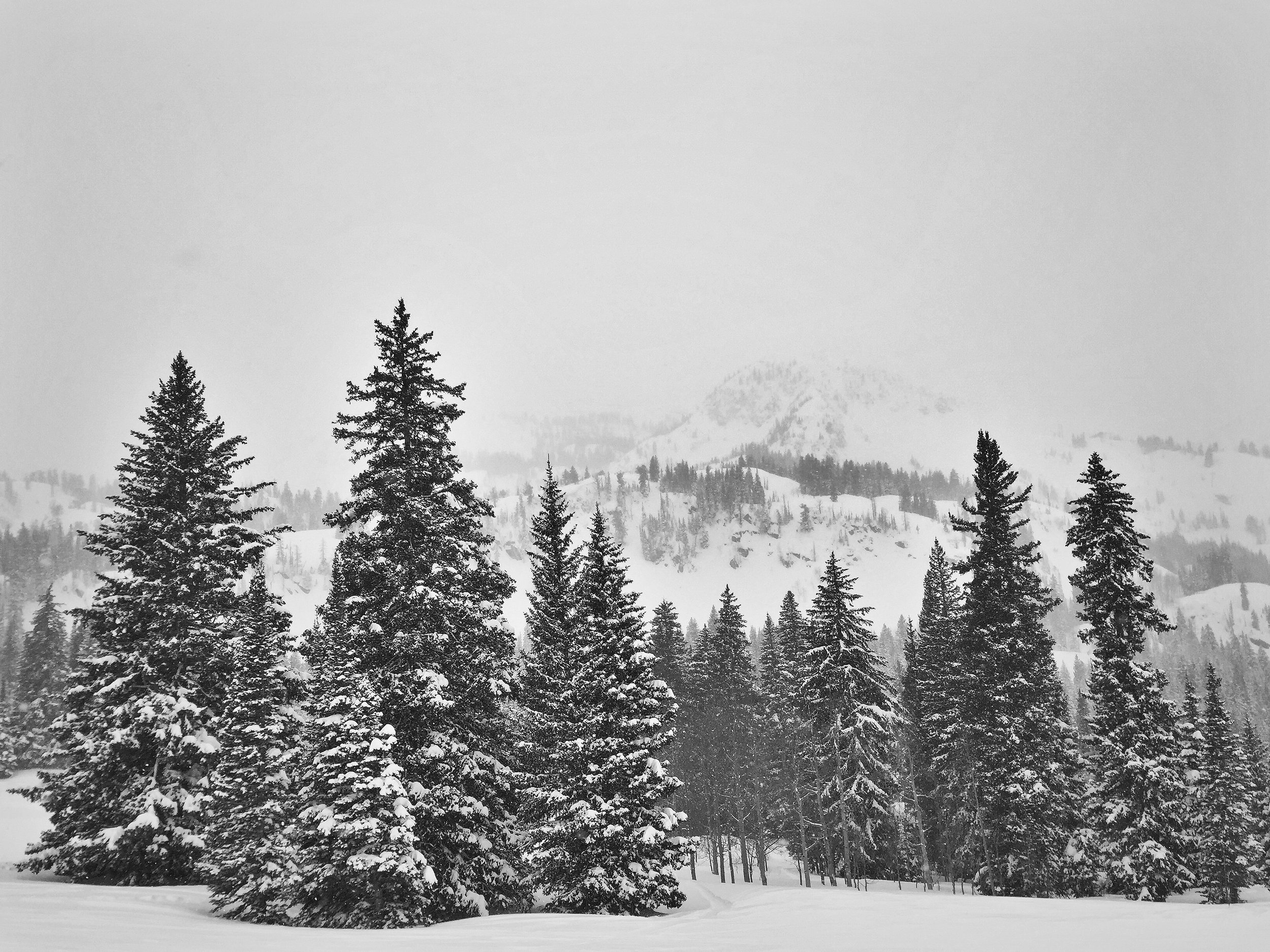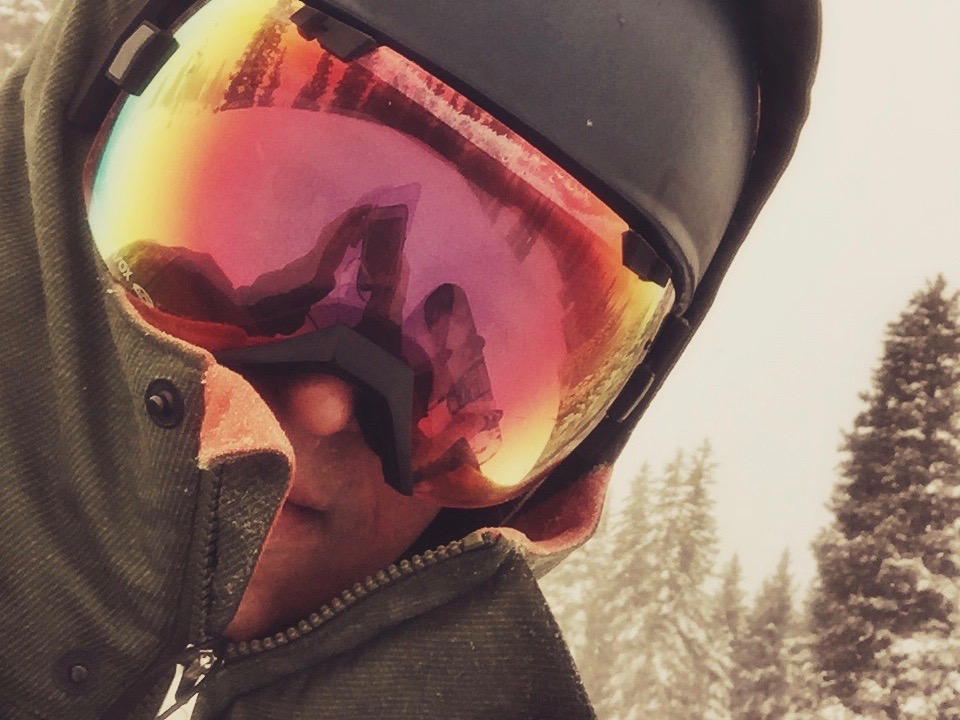A closer look at mountains and other things
/It's easy to not see mountains.
I don't mean, like, "what did I just trip over?" and then you turn around surprised to find the Grand Tetons laying there.
I mean it's easy to not see mountains for what they are. For what they're made of. It's easy to overlook the kabillion bits and pieces that make up the panorama we typically see when we "see" mountains.
How come? Well, mountains are big broad bastards. Overwhelmingly so. Wrapping our head around them requires far-focus, a suspension of disbelief, and some serious peripheral chops. It seems that clearly establishing a sense of distance is key to understanding mountains at all.
But unfortunately this sense of distance also creates, I don't know else to say it, a sense of distance.
I've spent thousands of hours in the mountains – boarding, biking, backpacking, catching brookies, and just generally dicking off. I'm wildly comfortable at elevation. I feel as one. But still, when I'm there I tend to look at a mountain range as if I'm looking at a photo of a mountain range. I take in the beauty, of course, but abstractly so. Like most, I tend to focus on the tallest peaks, the deepest valleys, and the farthest horizons: happily wallowing in the wallop of scale while I miss the rest.
What got me on this path? I spent last week in Utah which included some time in the Wasatch Mountains. Over the course of seven days, Big Cottonwood Canyon got 61 inches of snow. Of course this sort of weather system makes for damn fine snowboarding. It also makes for piss-poor visibility.
As a result, there were no stunning vistas in the Wasatch Range last week. No panoramic photo ops from the chairlift. No mountain's majesty, purple or otherwise, in any direction. There was just snow and clouds and, down in the valley, fog.
And so that's how things went down – me in the mountains, slicing long soft turns through an empty grey.
I have to say it took a while for my mind to recalibrate, for me to stop looking toward a non-existent horizon for perspective. Over time though, I gradually surrendered my need for the far-away for what was right in front of me: dark stabs of douglas fir, non-negotiable walls of stone, the gloved transfer of snow from mountain to mouth.





Once I noticed these smaller things, of course, I couldn't stop noticing them. Thanks to the weather's veil, my view had shifted from macro to micro. I found myself seeing, and maybe even coming close to understanding, some of the individual pieces that make up the usually inscrutable mountains.
Hoping to find a lesson here, or at least an obvious metaphor to jump to without a properly fleshed-out transition (as I do!), I'm left with this:
We're living in stormy times; an era of uncertain horizons. I feel it every day.
I'm saddened that the forecast for tomorrow, January 20th, 2017, calls for more of the same.
I know that eventually, inevitably, the sky will break. So I plan to keep looking outward with patience. But in the meantime, I'm going to appreciate what's right in front of me too. The kabillion bits and pieces of life are far too important to overlook while I'm busy scanning the horizon for something more.

